What do you call it when the government proudly launches digital IDs but still asks you for a photocopy of one? Irony. That’s what I walked into recently at a PhilHealth branch.
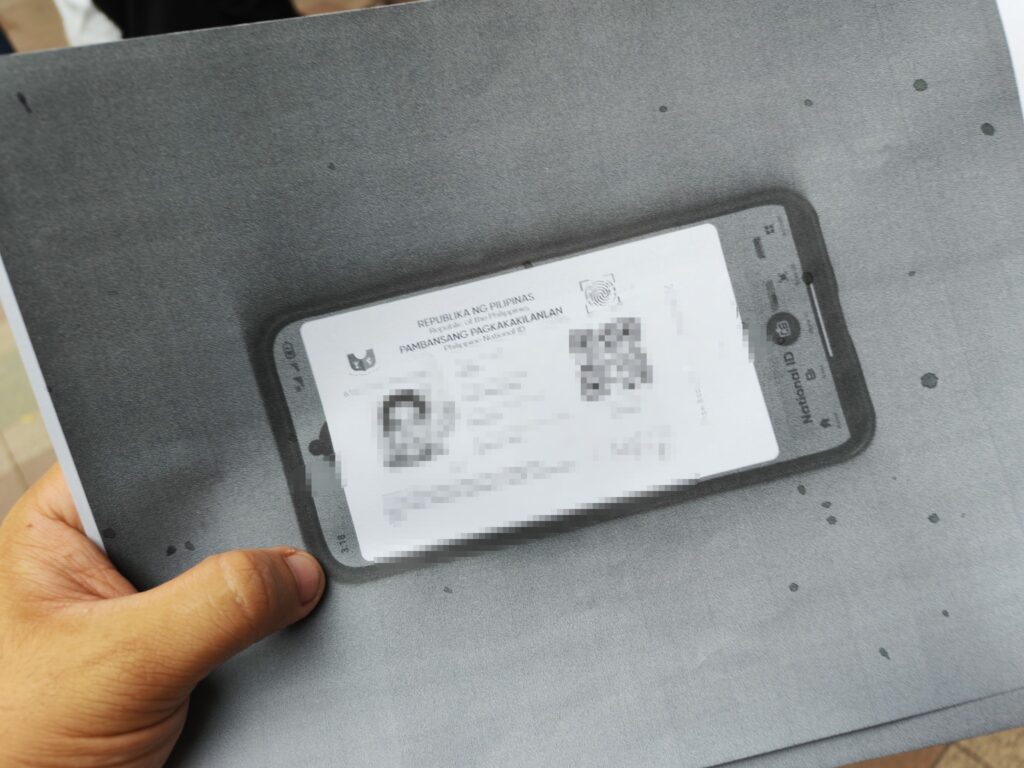
I had gone there for urgent transactions and figured I might as well request a new physical PhilHealth ID, since I lost my wallet back in June. I thought it would be a straightforward errand. After all, I already had my digital ID on the eGov app, and government agencies have been hyping up this so-called “digital transformation” for years. Turns out, reality inside the branch looked—and felt—like a time warp.
Why it Matters: The Philippines has been pushing hard for digitization, with IDs and government services being accessible through apps like eGov. But the reliance on photocopies, pens for purchase, and crowded paper-based transactions shows how wide the gap is between policy and actual implementation. Citizens are being told to go digital, yet they’re forced to print and photocopy just to get basic services done.
The process of applying for the physical ID wasn’t technically difficult. You only needed to fill out forms and present a valid ID. But the office itself made the experience frustrating. The place was crowded, with lines snaking outside the vicinity and people queueing around like it’s a snake game on your mobile phone. It was cluttered and noisy, the kind of scene that drains your energy before you even reach the counter.
And here’s the kicker: there were no ballpens. Not a single one available for people who needed to fill out forms. Instead, vendors just outside the office sold pens at PHP 15 to 25 each each. If you’re thinking, “That’s not too bad,” I bought the same pen they’re selling at a third of that price online or in bulk. For ordinary Filipinos who come in with limited budgets, small expenses like this add unnecessary stress.
But the strangest part of all came when the staff asked me for a photocopy of my ID. This was a problem because I no longer had any physical IDs after losing my wallet. All I had was my phone, with my eGov app showing my digital ID.
The “solution”? I walked outside to a nearby eatery that had a printer set up as a makeshift photocopy shop. I pulled up my ID on my phone screen, handed it over, and watched as the staff printed it out on paper. I then brought that piece of paper back inside the PhilHealth office—where they accepted it as a requirement.
Think about that for a second: a digital ID, already government-verified, had to be photocopied from a screen just to be recognized in a government office. If that’s not the definition of bureaucratic irony, I don’t know what is.
This kind of situation highlights the gap between the government’s vision and the actual execution. Agencies talk about digital transformation like it’s already happening, but the reality is that citizens are still forced into old habits: printing, photocopying, handwriting forms, and lining up in overcrowded offices.
Other countries that have adopted digital IDs don’t rely on photocopies anymore. In Singapore, for example, the Singpass digital ID is widely accepted for transactions, both online and offline, without the need for printing. Estonia, often called the world’s most digital country, has nearly eliminated paperwork in government transactions. Meanwhile, in the Philippines, we’re photocopying phone screens in carinderias.
What’s frustrating is that the infrastructure already exists. The eGov app does provide digital IDs, and they’re meant to replace physical cards. The databases are centralized, and agencies can technically verify someone’s identity with just a scan or lookup. So why force citizens to go through this paper-based maze?
Part of the problem seems to be habit. Offices have operated on paper-based systems for decades, and shifting mindsets takes longer than creating apps. There’s also the issue of uneven training—frontline workers may not be fully equipped or authorized to accept digital IDs, even if the technology already exists. And then there’s the basic lack of resources: no pens, no on-site photocopiers, and an environment that feels more like a marketplace than a government office.
This experience made me realize that digital transformation in the Philippines isn’t really about apps or databases. It’s about aligning the smallest details of the citizen’s journey with the promises being made at the policy level. Because what’s the point of a digital ID if you still need to print it out before it counts?
If the government wants people to embrace digital IDs, agencies should start by officially recognizing them on the ground without requiring physical copies. Offices should be equipped with basic amenities like pens, printers, or even QR code scanners to verify IDs directly from phones. Otherwise, citizens will continue to see digital IDs as just another layer in the already messy bureaucracy.
For now, I’m left with this small irony: I got my new PhilHealth card, but only after I photocopied my phone screen at a nearby eatery. And I can’t help but wonder—how many more years before digital actually means digital in this country?




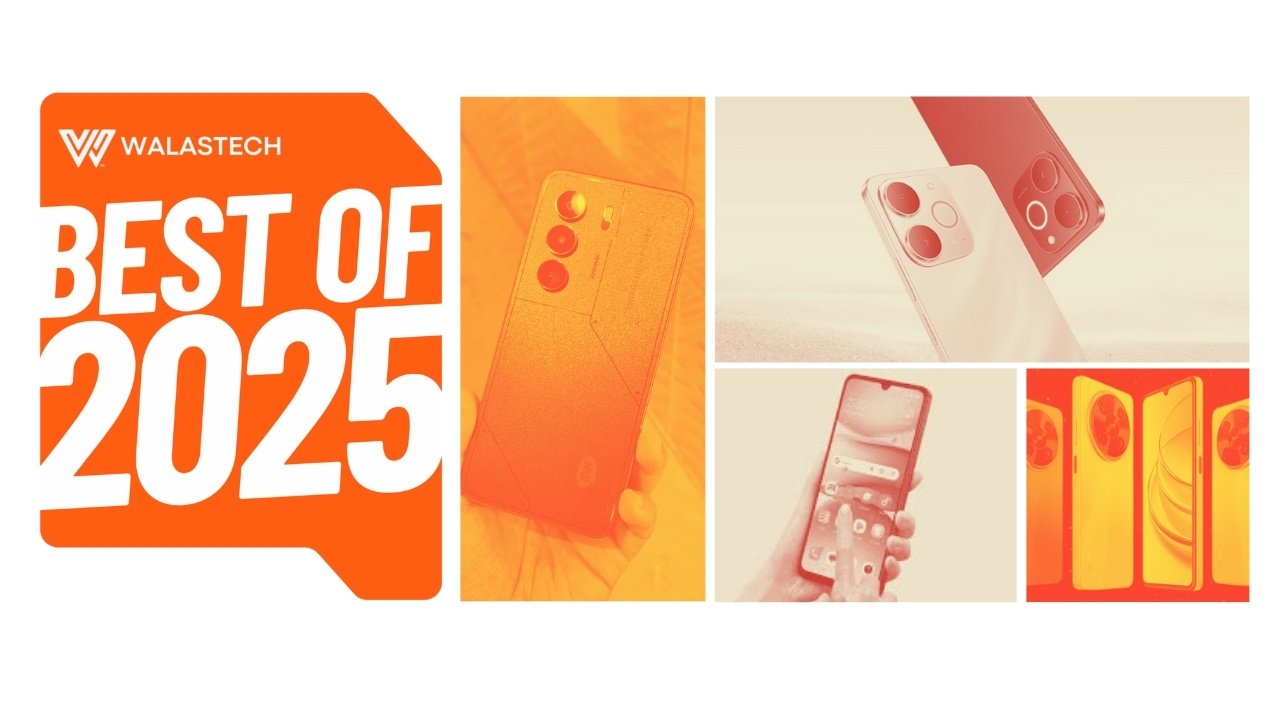
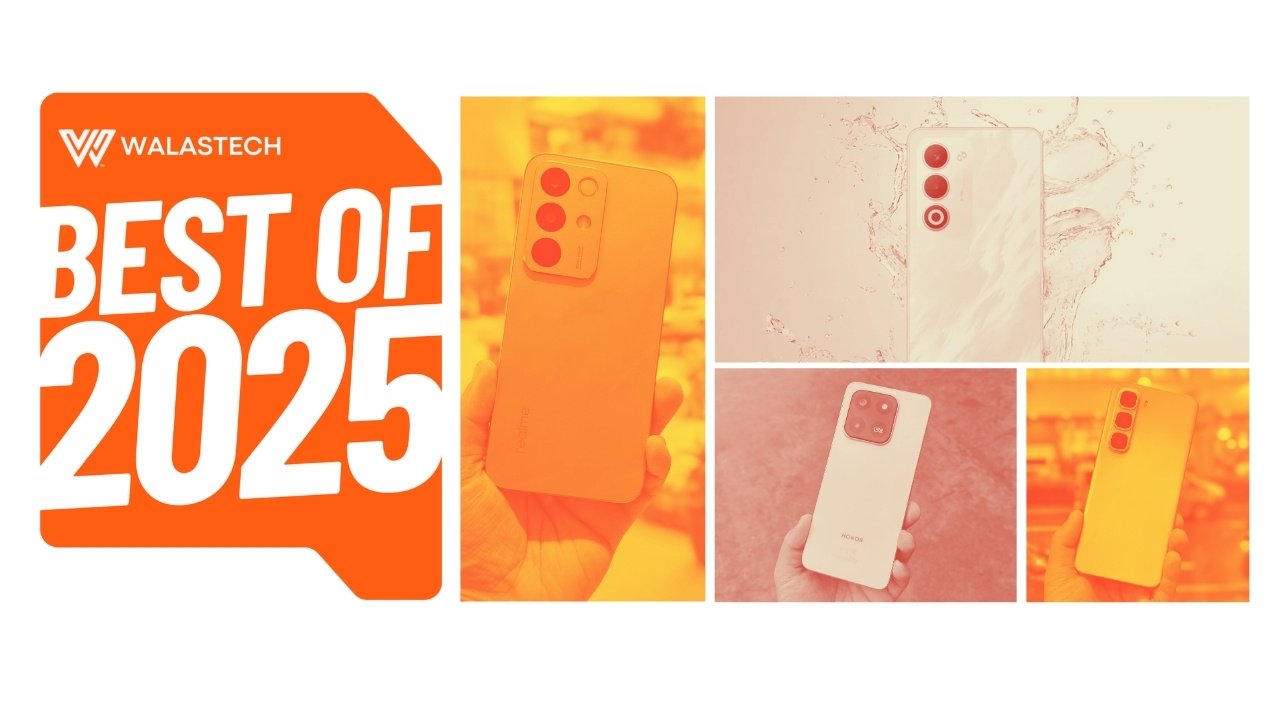

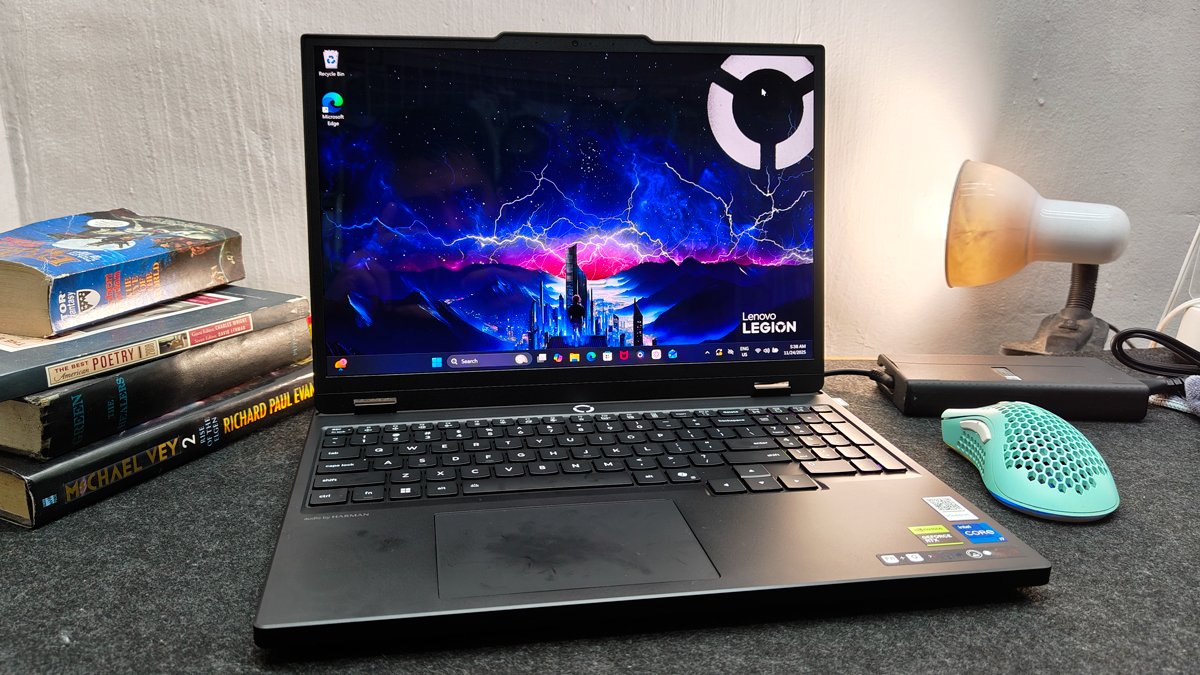
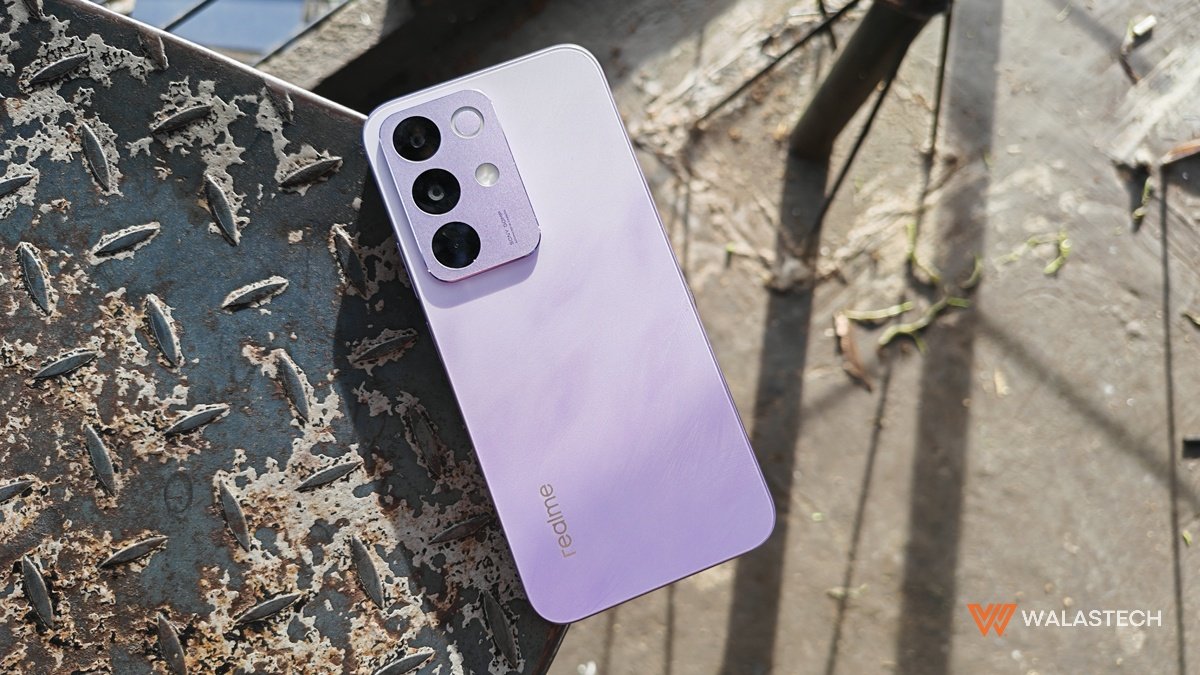
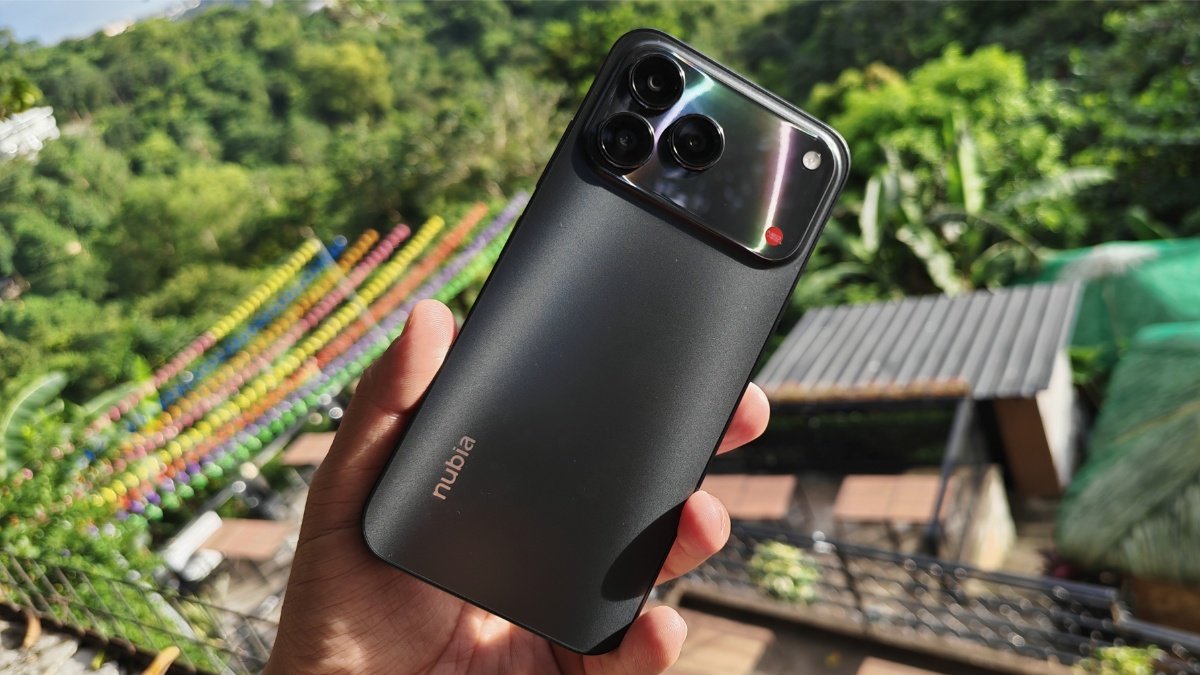
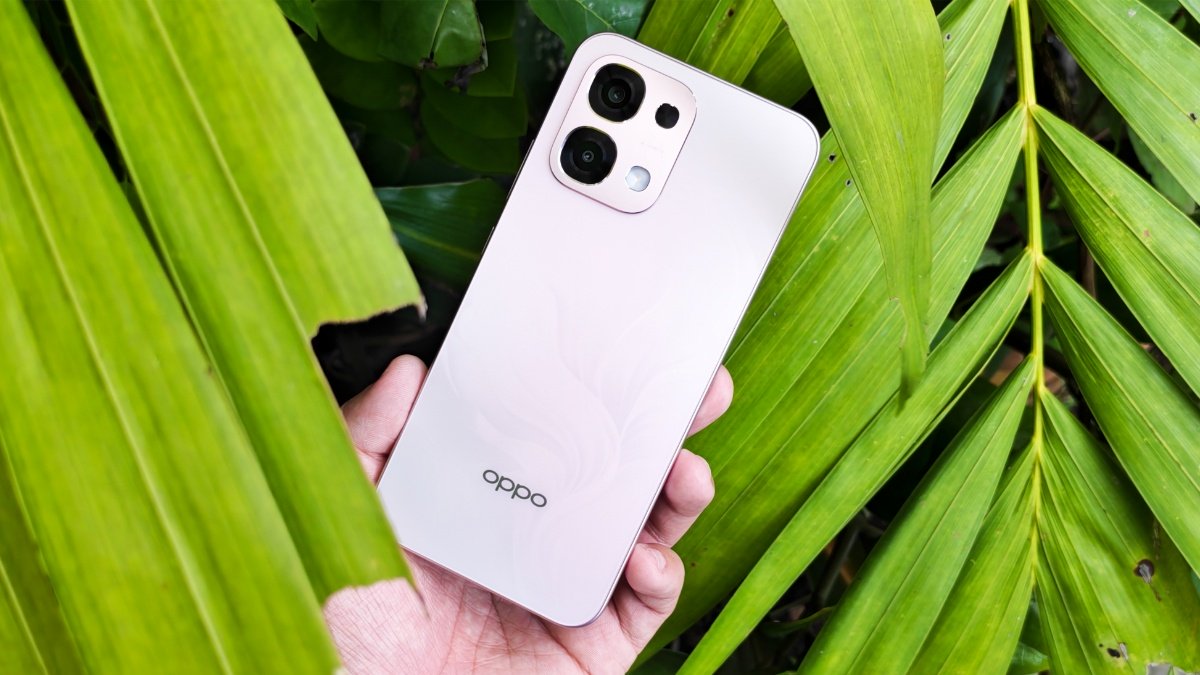


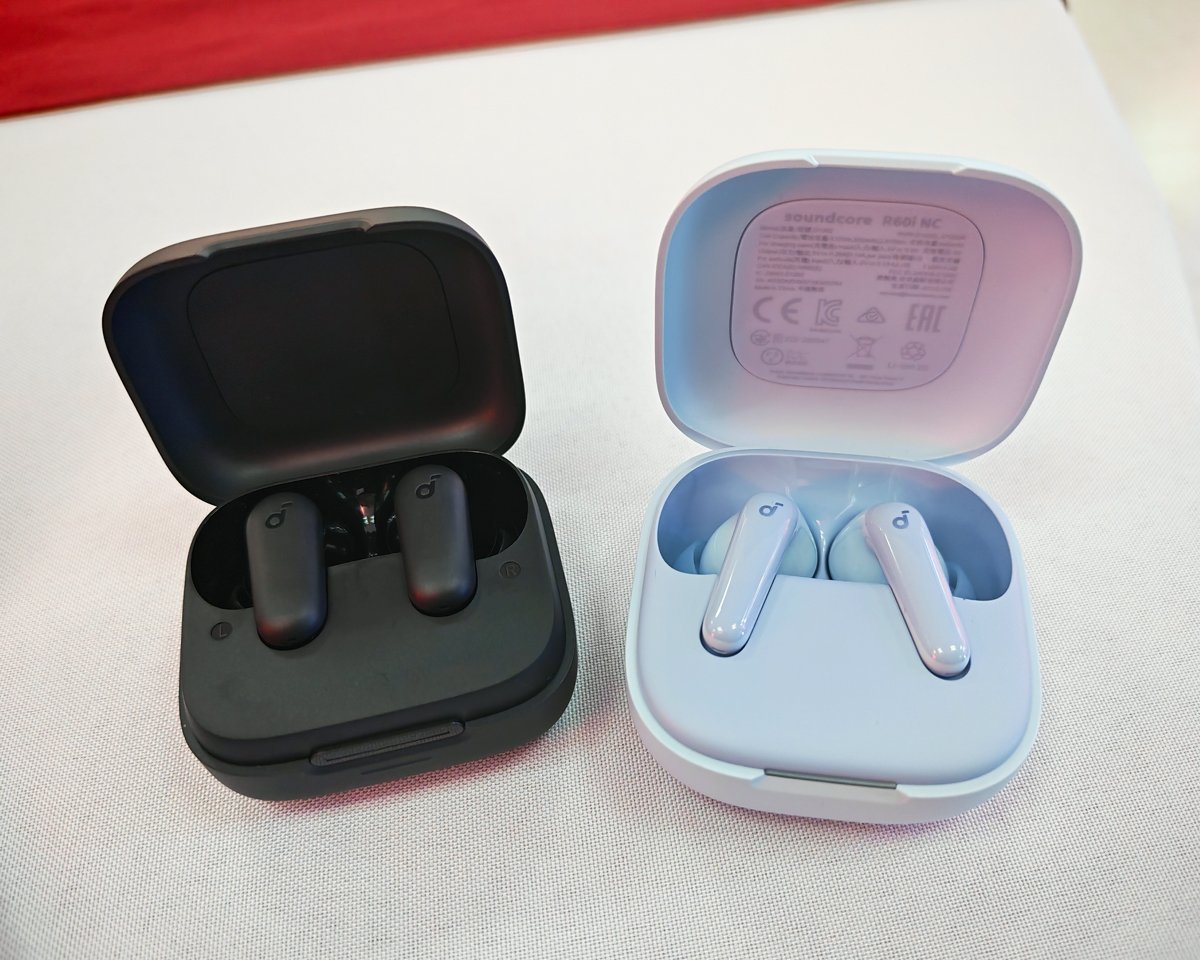

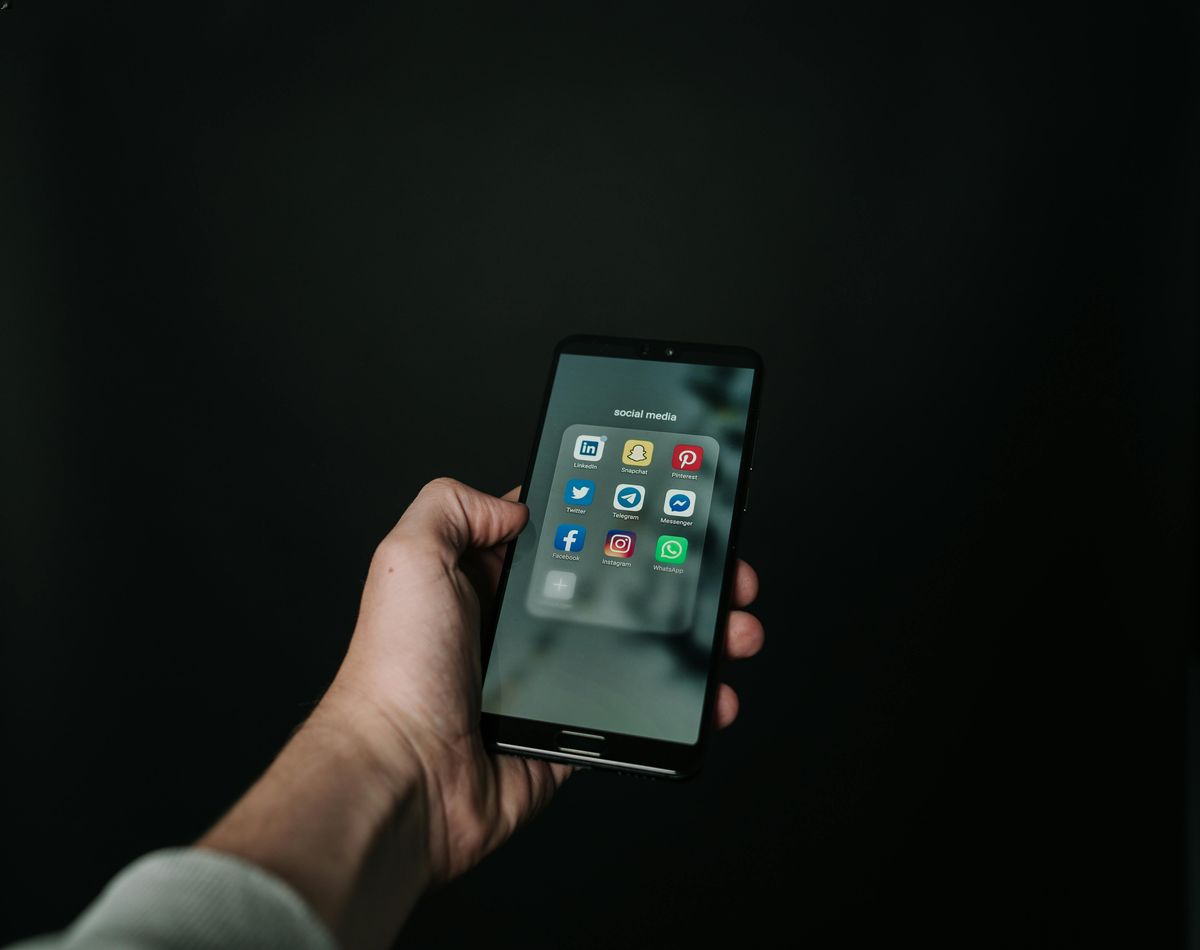
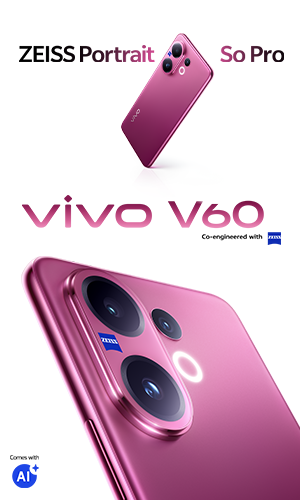







Leave a Reply